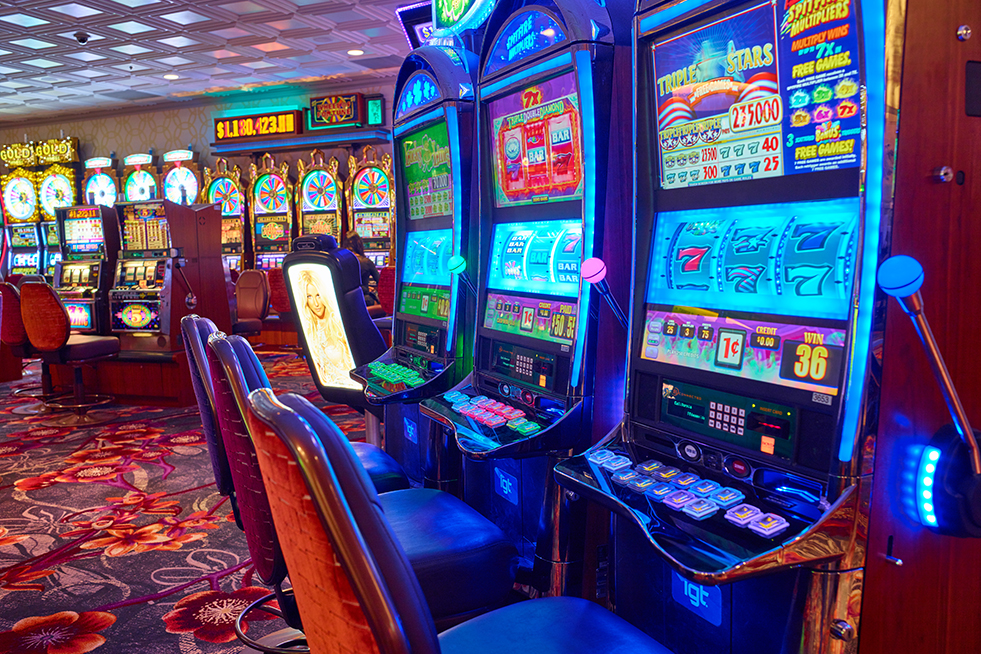In what way Gambling Games Utilize Color and Design to Entice Participants

In the lively and exciting world of gaming establishments, wherein fortune and strategy intertwine, color and design play a critical role in drawing in gamblers. As soon as visitors step into a casino or log into a gaming website, they are immersed in a sightly feast that captures their attention and lures them to discover more. Vivid colors, captivating graphics, and creative layouts are carefully crafted to create an atmosphere of excitement and anticipation, ultimately improving the gaming encounter.
As gamblers navigate through the ever-changing landscape of casino games, they encounter a variety of designs that not only serve visual purposes but also influence emotions and decision-making. Hues like red and yellow symbolize riches and fortune, while calm blues and emeralds can create a much relaxed environment. Grasping how these elements function together allows casinos to create an welcoming and energizing atmosphere that encourages players to interact with the games, spend additional time at the tables, and boost their general enjoyment.
The Psychology of Color in Gaming Establishments
Color plays a key role in the development of casino games, influencing players’ emotional states and responses. Bright and bold hues, such as crimson and yellow, are often used to ignite enthusiasm and capture notice. These hues create a sense of urgency and vitality, encouraging gamblers to engage more readily with the game. By thoughtfully selecting colors, developers aim to evoke feelings of satisfaction and anticipation, which can enhance the total game experience.
Different shades also have psychological associations that can impact how players perceive their chances of winning. For case, green is frequently associated with fortune and abundance, making it a popular choice in activities like roulette and poker games. This association can cause participants to feel more positive and self-assured in their play, ultimately encouraging them to wager more. Grasping these associations allows game developers to design environments that enhance player satisfaction and retention.
In addition, the layout of gaming interfaces often employs color gradients and opposing colors to instruct players’ actions. For case, successful combinations may be accentuated with striking, contrasting shades, creating a visual cue. This method reinforces successful results and promotes repeated participation. By leveraging color psychology, gaming venues can design activities that not only attract players but also maintain them interested and dedicated in their gaming experience.
Creative Features that Engage Gamers
The visual appeal of casino games is largely influenced by the implementation of vibrant colors. Bright and contrasting colors are strategically chosen to create an inviting atmosphere that grabs interest. For instance, crimson and golden hues often signify good fortune and wealth, which is why they are prevalent in the palettes of slot machines and table surfaces. These colors not only draw players in, but they also stir emotions associated with excitement and expectation, enhancing the overall gaming experience.
In addition to color, the aesthetic and layout of gambling games play a significant role in captivating players. Games are designed to be intuitive, ensuring that players can quickly understand the rules and gameplay. User-friendly interfaces, along with engaging graphics and motion, help maintain gamer interest and encourage longer play sessions. The physical elements, such as the texture of the controls and the sounds of the games, also add to a holistic sensory experience that keeps players engaged.
Finally, conceptual elements in gaming design can significantly influence player choice. Many casino games are inspired by media, fairy tales, or adventure themes, featuring symbols and characters that connect with players. These themes create a sense of engagement and relatability, making each game feel unique. When players feel a bond to the concept, they are more likely to choose that game over others, leading to increased participation and excitement within the gambling environment.
Case Studies: Effective Casino Game Designs
One noteworthy example of impressive gambling game design is the well-known slot machine series based around blockbuster movies. Games such as those based on the Wizard of Oz and Game of thrones utilize bright colors and high-quality graphics to enthrall players in well-known narratives. The employment of moving visuals and engaging sound effects captures the focus of players, building an affective connection to the theme. This strategy merely promotes longer play but also enhances the overall gaming experience, resulting in increased player retention.
Another successful case is the application of color psychology in table games like blackjack and roulette. Casinos often create these games with rich reds and greens, colors traditionally associated with luck and wealth. https://iwin.now/ For instance, the emerald felt on a blackjack table provides a calming effect, while the crimson accents in the wheel invite thrill. This thoughtful use of color helps to establish an inviting atmosphere that motivates players to engage, addressing their psychological impulses and enhancing their enjoyment.
Finally, social casino games that include community features and bright, lively designs have achieved remarkable success in engaging players. Games like Zynga’s Poker and Slotomania leverage vivid colors and playful animations to establish an inviting online environment. The integration of leaderboards, community sharing options, and in-game rewards encourages competition and community, drawing players in for longer sessions. Such designs not just make the games visually enticing but also highlight community engagement, a key factor in player retention and engagement within digital casino environments.